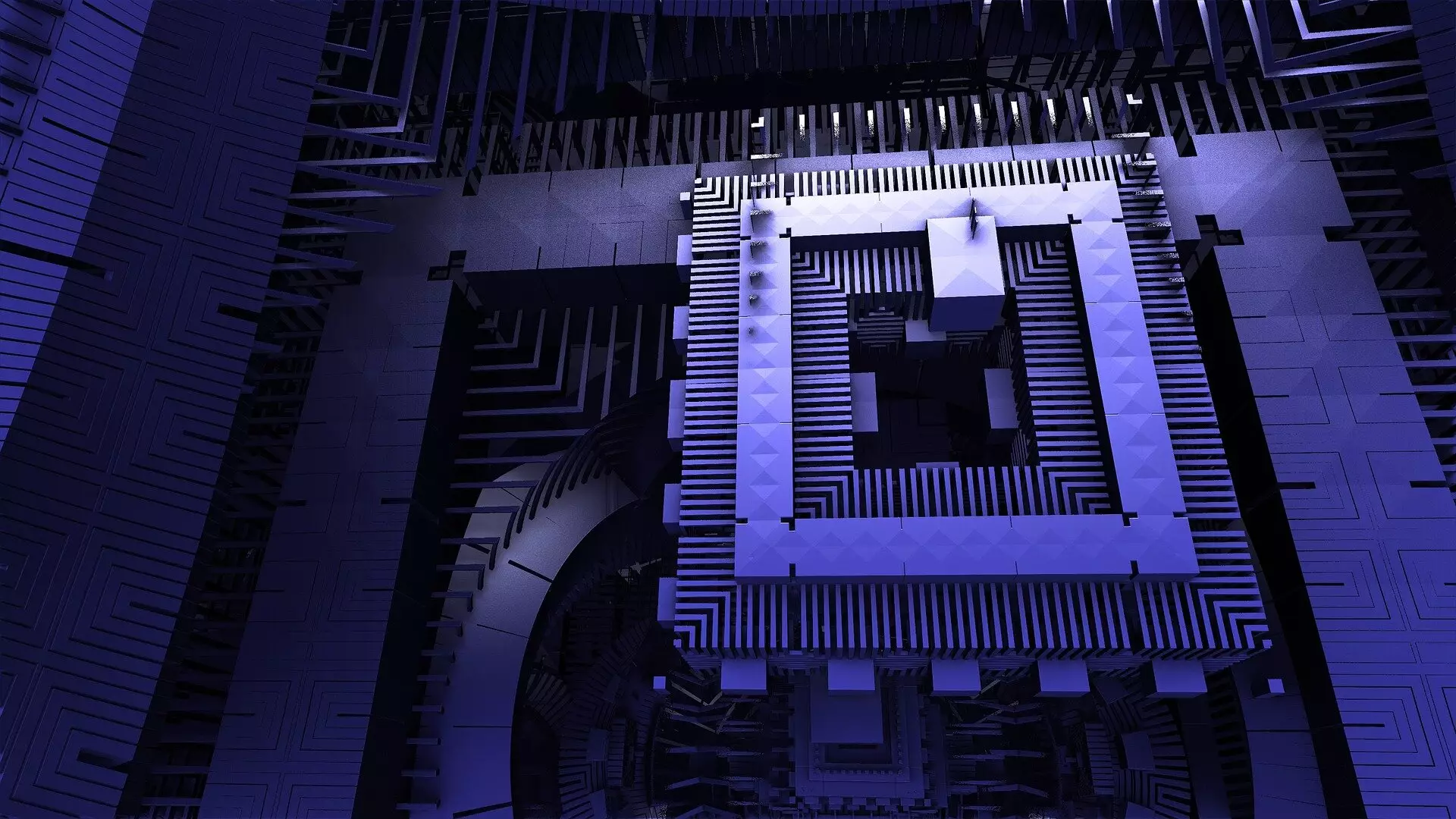Recent advancements in quantum computing rely heavily on the exploration of various materials that exhibit superconducting properties. Researchers, led by physicist Peng Wei from the University of California, Riverside, have made a groundbreaking discovery with a new superconductor that has promising implications for future quantum computing technologies. This innovative material combines trigonal tellurium with a gold-based surface superconductor, offering unique properties that could pave the way for more efficient quantum bits, or qubits.
At the heart of this research lies the concept of topology—a mathematical framework concerned with the properties of space that are preserved under continuous deformations. Topological superconductors are of significant interest as they possess unique quantum states that are less susceptible to perturbations from their surrounding environment. These materials hold the potential to process and store quantum information more securely than traditional superconductors. The paper published in *Science Advances* details how the researchers achieved this by creating an interface that efficiently integrates the properties of trigonal tellurium—a chiral, non-magnetic material—with that of gold.
Chirality refers to the geometric property of a shape that cannot be superimposed onto its mirror image, reminiscent of human hands. In this context, trigonal tellurium’s chiral nature contributes to its ability to host well-defined spin polarization states at the interface. This is crucial for qubit development, as the polarization enables the manipulation of spin states—a fundamental operation for quantum computing. The researchers highlighted the significance of creating a clean interface, stating that they were able to enhance the spin energy six times more than what’s typically seen in conventional superconductors.
Among the remarkable findings of this study was the observation of a transition in the interface superconductor under varying magnetic fields. As the magnetic field strengthened, the interface became increasingly robust, suggesting it had transitioned into a triplet superconductor—a state known for its stability under magnetic influences. This transition not only emphasizes the novel characteristics of the new material but also suggests its potential effectiveness in practical applications related to quantum technology, particularly in maintaining the integrity of quantum information.
Decoherence presents one of the most significant obstacles in the field of quantum computing—the loss of quantum information due to environmental interactions. Traditional superconducting materials often succumb to decoherence stemming from defects such as niobium oxides. However, the research team demonstrated that by utilizing a heterostructure combining gold and niobium thin films, the new superconductor mitigates these challenges effectively. As a result, they achieved high-quality, low-loss microwave resonators capable of reaching a quality factor of 1 million. These resonators are critical for the scalability of quantum systems.
This new advancement marks a pivotal stride towards creating more scalable and reliable components for quantum computing. As the pursuit of efficient qubits continues, researchers face the challenge of reducing decoherence—the primary roadblock to viable quantum computers. Wei and his team are optimistic that their approach, utilizing non-magnetic materials for interfaces, represents a significant improvement over traditional methods that incorporate magnetic elements.
The implications of this research are extensive, promising improvements in both the efficiency and reliability of quantum computing technologies. Wei’s team has taken the necessary steps to protect their intellectual property, filing a provisional patent with the hope of translating this research into practical applications.
The innovative work undertaken by Wei and his team at the University of California, Riverside, epitomizes the potential for novel materials to transform the landscape of quantum computing. With their findings on topological superconductors, they are paving the way for solving complex computational problems that exceed the capabilities of current classical computers. As the field advances, we may very well witness a revolution in how quantum information is stored and processed, fundamentally changing the technological landscape for generations to come.

